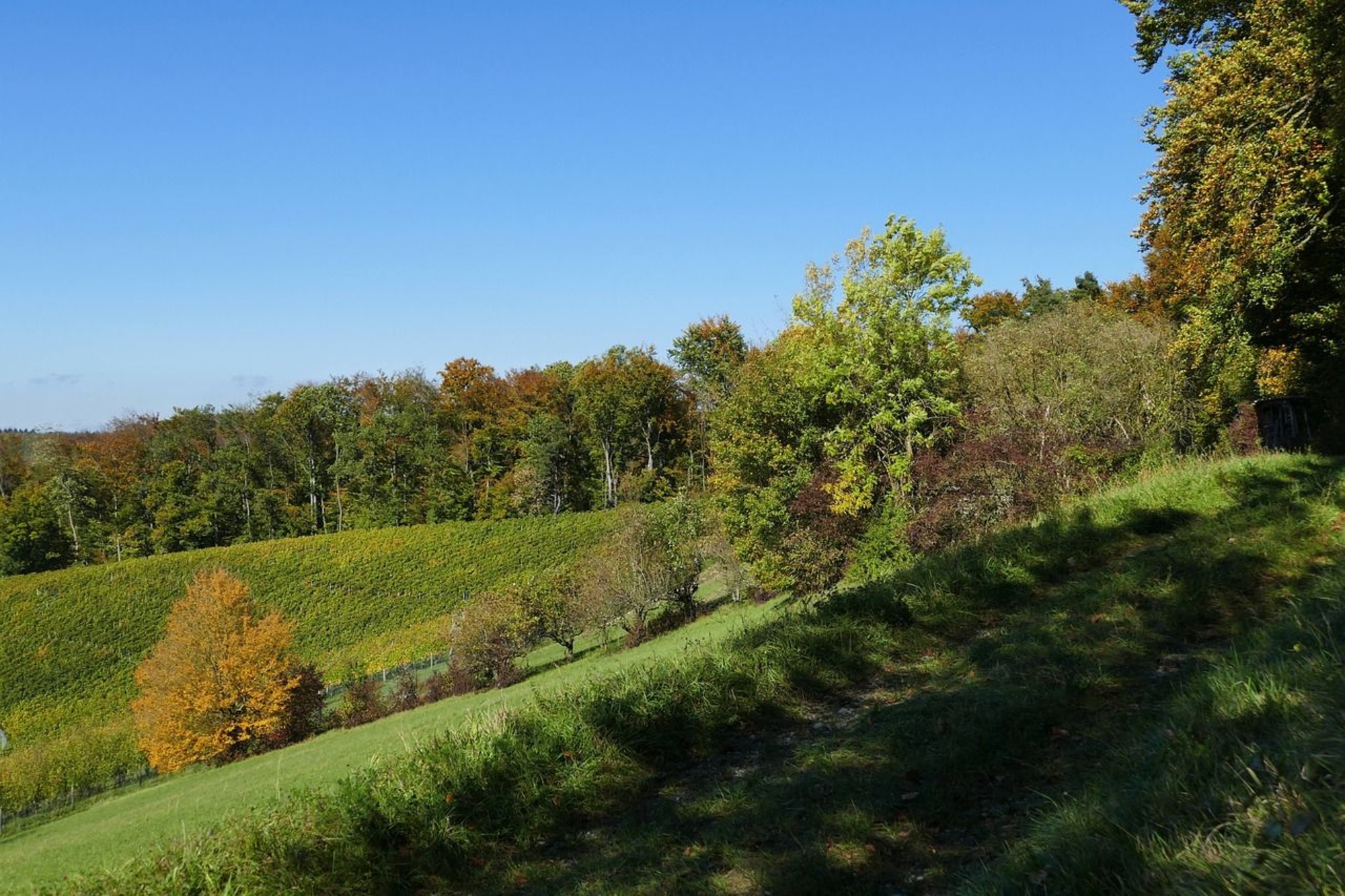- Home
- The region
- Animal husbandry
Animals
Domestic animals during the Neolithic were the same as today, but smaller. Pigs produced the best meat yields, but since they also needed to be fed, they were in competition with the villagers. Cattle were very much in evidence, although there is a mystery as to why sometimes their bodies were left floating at the edge of the lake. Sheep and goats were also present, but it was only in the 27th century that their numbers increased, when wool was systematically used for weaving.
Articulated skeleton of a cow.
Chalain 19, ca. 27th century BCE.
Bovine frontal bone and horn cores.
Chalain 3, 32nd century BCE.
Cattle raised in the woods
For a long time it was thought that herds of cattle were kept within the villages. The complete absence of hoofmarks in the wet ground, however, and the extreme scarcity of cow excrement have tended to suggest that cattle were systematically raised outside the villages. The classic image of a Neolithic lakeshore village with animals living alongside the human residents can thus be abandoned.
Pollen analyses and identification of the type of twigs that were sometimes used to shore up the spongy soil in the villages have shown that prairies and pastures were still little developed, and that cattle were raised in the forest.
The twigs, taken from stump shoots of elm and ash, were mixed with equal quantities of mistletoe and ivy. The consumption of these forest plants encouraged milk production in cows. We can thus imagine that the cattle were accompanied in the forest, and that branches were collected for winter.
Whatever the arrangement, cattle raising was very little practiced during the 32nd, 31st and 30th centuries BCE, as hunting provide most of the meat consumption at a time when the population density was growing quickly. Later, cattle raising increased, although consumption of animal protein did not.
Accumulations of twigs.
Chalain 19, 31st-30th century BCE.



